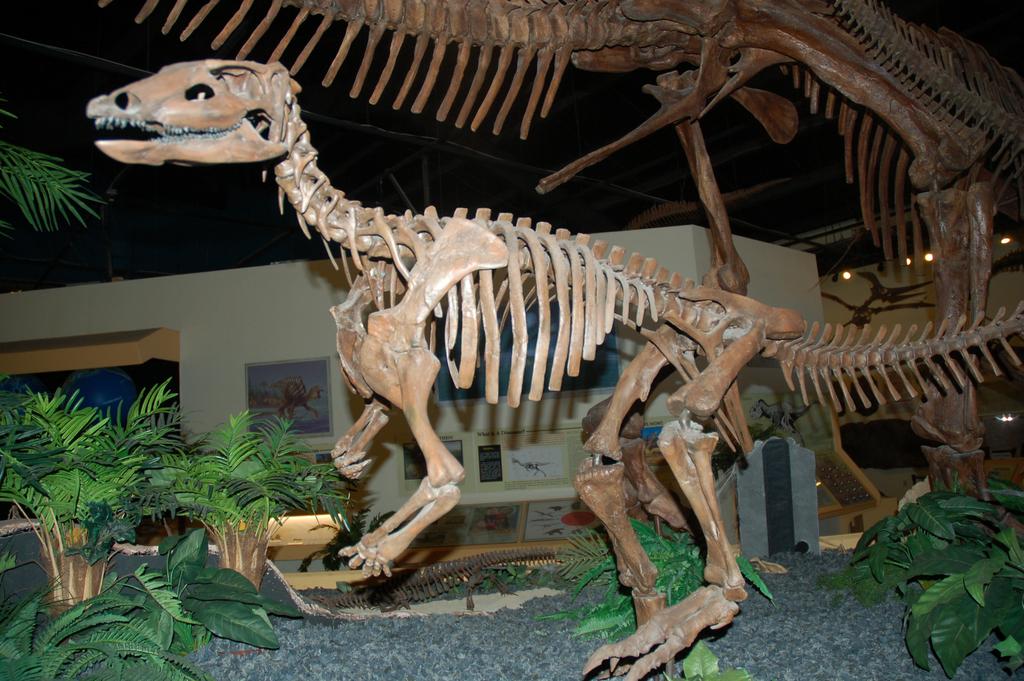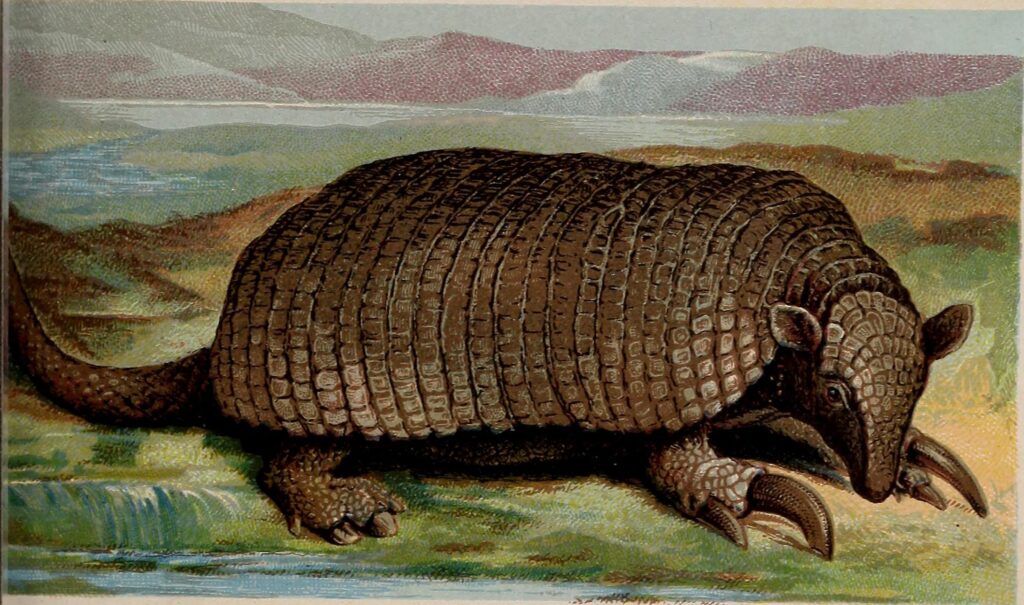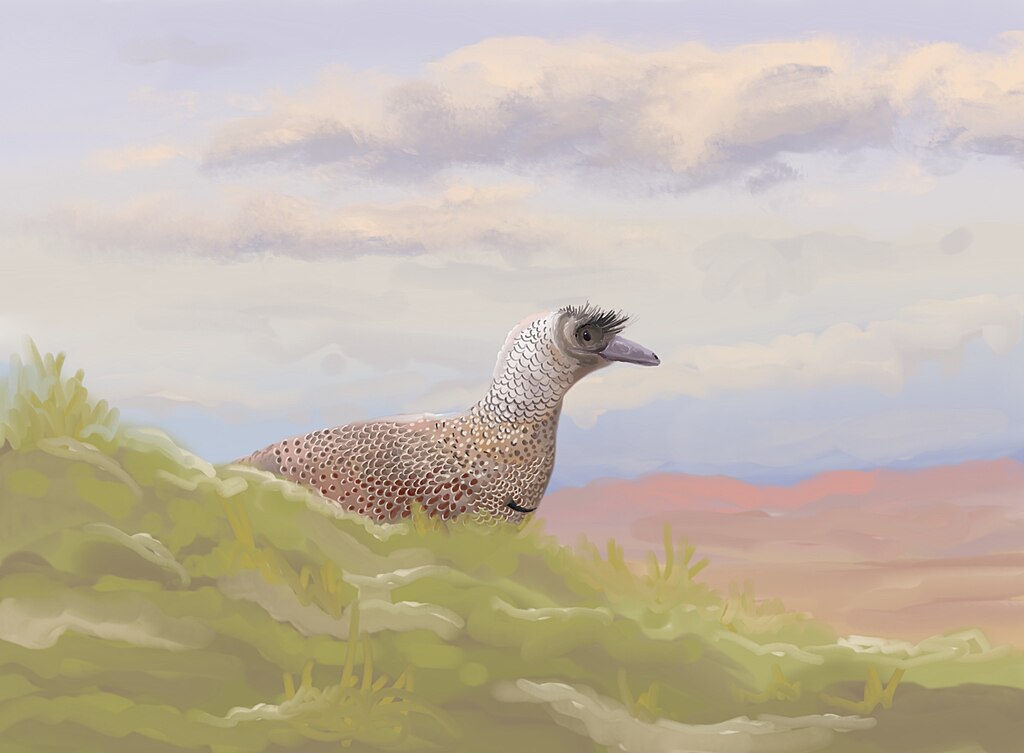From the dusty excavation sites to museum displays of magnificent prehistoric creatures, the journey of dinosaur reconstruction is nothing short of scientific detective work. Paleontologists around the world piece together ancient puzzles using fragments of the past, often working with remarkably little material. But how exactly do scientists transform a handful of fossilized bones into accurate representations of creatures that walked the Earth millions of years ago? This fascinating process combines rigorous scientific methodology with artistic interpretation, creating a bridge between our world and the Mesozoic era.
The Challenge of Incomplete Fossils

Complete dinosaur skeletons are extraordinarily rare treasures in the paleontological world, with most discoveries consisting of only fragments of the original animal. Many iconic dinosaurs we recognize today were initially described from less than 20% of their complete skeleton. Tyrannosaurus rex, one of the most famous dinosaurs, was first described in 1905 based on partial remains, and even today, only about 50 partial specimens exist, with no single specimen being complete. These fragmentary remains present enormous challenges, requiring scientists to make educated inferences about the missing pieces. The incompleteness of the fossil record means paleontologists must develop specialized techniques to extract maximum information from minimal evidence, becoming scientific detectives who can read the stories hidden in stone.
Comparative Anatomy: The Foundation of Reconstruction

When faced with incomplete remains, paleontologists rely heavily on comparative anatomy – examining the bones of related species to fill in the gaps. This approach is grounded in evolutionary principles, particularly the concept that related organisms share similar anatomical features due to common ancestry. For instance, if scientists discover partial remains of a new ceratopsian (horned dinosaur), they can examine well-known relatives like Triceratops to make educated predictions about missing elements. Comparative anatomy also extends across the evolutionary tree, with scientists sometimes studying modern birds or crocodilians – the closest living relatives to dinosaurs – to understand aspects of soft tissue or physiological functions. This comparative process requires extensive knowledge of skeletal anatomy across numerous species and a deep understanding of evolutionary relationships, allowing researchers to make reasoned extrapolations when direct evidence is absent.
Phylogenetic Bracketing: Looking to Evolutionary Relatives

A key scientific principle used in dinosaur reconstruction is called phylogenetic bracketing, which infers traits of extinct organisms by examining their closest living relatives. This method places the extinct animal within its evolutionary family tree and looks at shared characteristics of organisms on both “branches” surrounding it. For example, since birds and crocodilians are the closest living relatives to dinosaurs, features they share likely existed in their common ancestor and therefore in many dinosaurs as well. Paleontologists Thomas Holtz and Lawrence Witmer pioneered this approach, which has become fundamental in reconstructing soft tissues that rarely fossilize. Phylogenetic bracketing helps scientists make informed predictions about muscle attachments, skin coverings, and even behaviors that wouldn’t be preserved in the fossil record. This methodical approach brings scientific rigor to what might otherwise be pure speculation, grounding reconstructions in evolutionary science.
Taphonomy: Understanding Fossil Formation

Taphonomy, the study of how organisms decay and become fossilized, provides crucial context for reconstruction efforts. Paleontologists must account for how taphonomic processes might have distorted or altered the remains before concluding that the living animal. Fossils frequently undergo compression from sediment weight, causing flattening or warping that must be mentally reversed during reconstruction. Additionally, scavenging, water transport, and microbial activity often scatter and damage bones before fossilization occurs. Understanding these processes helps scientists distinguish between natural preservation biases and actual anatomical features. For example, many dinosaur specimens lack tail tips not because the animals had shorter tails than depicted, but because these smaller bones were often carried away by scavengers or water currents before fossilization. Taphonomic analysis provides the contextual framework necessary for accurate interpretation of limited fossil material.
Digital Reconstruction Technologies
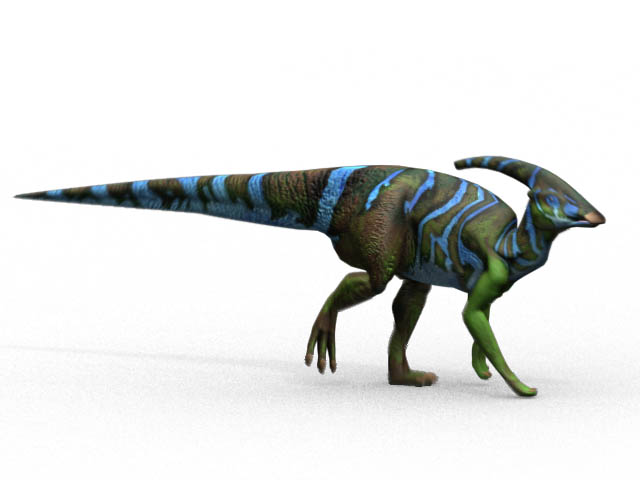
Modern technology has revolutionized dinosaur reconstruction through advanced digital tools that allow for unprecedented precision. CT scanning enables paleontologists to examine internal bone structures and even fossil elements still embedded in rock, providing detailed three-dimensional data without damaging precious specimens. Photogrammetry, which creates 3D models from multiple photographs, allows researchers to digitize entire dinosaur skeletons that can then be manipulated, measured, and shared globally. Perhaps most significantly, sophisticated software now enables scientists to simulate biomechanics, testing how reconstructed skeletons would have moved and functioned in life. The University of Manchester’s Dr. William Sellers pioneered computational approaches that simulate muscle forces and joint constraints, allowing researchers to test whether proposed reconstructions could function in the real world. These technological advances have transformed reconstruction from educated guesswork into testable scientific hypotheses with quantifiable parameters.
Muscle Reconstruction: From Bones to Body

Determining how muscles attached to dinosaur skeletons represents a crucial step in moving from bare bones to a lifelike reconstruction. Fortunately, bones tell surprisingly detailed stories about the soft tissues that once covered them. Muscle attachment sites often leave distinctive marks on bone surfaces – roughened areas, ridges, or grooves that indicate where connective tissues once anchored. Paleontologists meticulously map these osteological correlates to identify major muscle groups, a process refined through comparisons with modern animals. The relative size of these attachment points provides clues about muscle mass and strength, helping scientists understand capabilities like bite force or running speed. Dr. Lawrence Witmer’s lab at Ohio University has pioneered techniques for soft tissue reconstruction, creating detailed maps of dinosaur musculature based on skeletal evidence and evolutionary relationships. This muscle mapping transforms skeletal reconstructions into more accurate representations of how these animals appeared and functioned in life.
Determining Body Size and Proportions
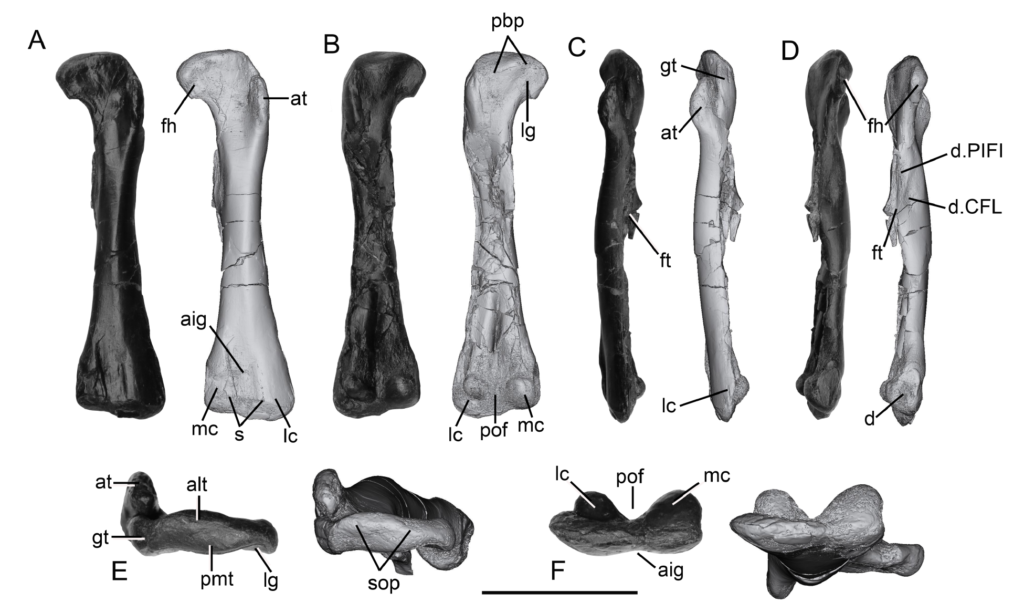
Calculating a dinosaur’s overall size from fragmentary remains requires sophisticated scaling methods developed through decades of research. When working with incomplete skeletons, paleontologists use allometric scaling – mathematical relationships between different body parts – to estimate total size. For example, femur (thigh bone) circumference correlates strongly with body mass across many animal groups, providing a reliable metric even when most of the skeleton is missing. Scientists also examine growth rings in bones, similar to tree rings, to determine whether a specimen represents a juvenile or adult, crucial information for accurate sizing. Body proportions present additional challenges, especially when key elements are missing. Here again, closely related species provide templates for reasonable proportions, though unique adaptations must be considered. These methods allow researchers to confidently estimate that Argentinosaurus likely weighed 70-80 tons despite being known from only a few vertebrae and limb elements, demonstrating the power of these scaling techniques.
Skin and External Appearance
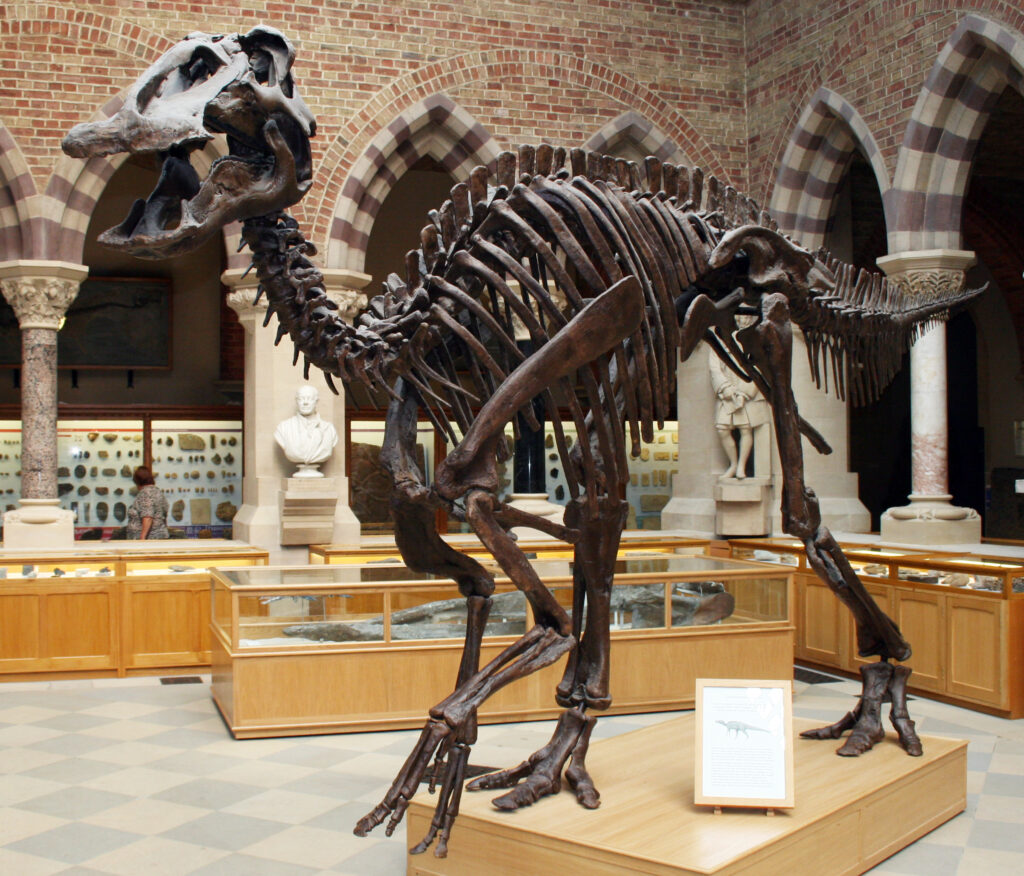
Determining a dinosaur’s external appearance represents one of reconstruction’s greatest challenges, as skin and soft tissues rarely fossilize. Remarkably, some exceptional fossils preserve skin impressions, showing scales, wrinkles, and even color-producing structures. The duck-billed hadrosaur Edmontosaurus has yielded several specimens with extensive skin impressions, revealing a complex covering of scales that varied across different body regions. More recently, discoveries of feathered dinosaurs from China’s Liaoning Province have dramatically changed our understanding of dinosaur appearance, confirming that many theropod dinosaurs possessed feathers of various types. For species without direct skin evidence, scientists apply phylogenetic bracketing, making predictions based on skin coverings in related species. Color reconstruction has advanced significantly in recent years through microscopic analysis of melanosomes – cellular structures that produce pigments – preserved in exceptional fossils. These techniques helped determine that Microraptor, a small feathered dinosaur, likely had iridescent black plumage similar to modern crows, bringing unprecedented accuracy to visual reconstructions.
Determining Posture and Stance

A dinosaur’s posture – how it held and moved its body – forms a fundamental aspect of reconstruction that has evolved dramatically with scientific understanding. Early reconstructions often depicted dinosaurs as sluggish, tail-dragging creatures, reflecting an outdated view of reptilian physiology. Modern biomechanical analysis reveals that dinosaurs were much more dynamic, with active postures and elevated tails. Joint articulation studies examine how bones fit together, determining possible ranges of motion at each joint. The orientation of the hip socket, for instance, indicates whether a dinosaur stood with straight legs (like elephants) or bent legs (like birds). Vertebral analysis reveals natural curves in the spine, showing how the neck and tail were typically held. Careful study of muscle attachment sites indicates which postures would have been biomechanically efficient. These combined approaches have revolutionized our understanding of dinosaur stance, showing that theropods like Tyrannosaurus held their bodies nearly horizontal with their tails extended for balance, while sauropods like Diplodocus maintained a more columnar posture to support their massive weight.
Reconstructing Behavior from Fossil Evidence

Perhaps the most challenging aspect of dinosaur reconstruction involves inferring behaviors that left no direct fossil evidence. Paleontologists approach this challenge through multiple lines of indirect evidence. Trackway fossils – preserved footprints – reveal information about walking speeds, herd behaviors, and even hunting strategies when predator and prey tracks are found together. Bone microstructure provides growth rate data, indicating whether species mature quickly, like birds, or slowly, like reptiles, with implications for parenting behaviors. Bone pathologies showing healed injuries suggest activity patterns and survival strategies. Group fossil sites, where multiple individuals died together, provide evidence of social behaviors. For example, multiple Maiasaura nests found in the same ancient nesting grounds suggest these hadrosaurs returned to the same breeding sites year after year, much like modern sea turtles. These behavioral reconstructions require careful interpretation and multiple lines of supporting evidence, but they help transform fossil reconstructions from static skeletons into dynamic living creatures with complex lives.
The Role of Artistic Interpretation

Scientific reconstruction inevitably involves artistic interpretation, particularly when evidence is limited, creating a delicate balance between scientific accuracy and creative visualization. Professional paleoartists work closely with scientists to create representations that communicate current scientific understanding while acknowledging uncertainties. These collaborations typically involve multiple revisions as artists and scientists negotiate details where direct evidence is absent. Responsible paleoart clearly distinguishes between features supported by fossil evidence and those representing informed speculation. Some artists use color coding in their work, showing confirmed elements in one color and speculative features in another, to maintain transparency about confidence levels. Despite these challenges, artistic interpretation serves a crucial role in paleontology, helping scientists visualize hypotheses and communicate findings to both colleagues and the public. The work of influential paleoartists like Gregory S. Paul and John Sibbick has not only popularized dinosaurs but has also influenced scientific thinking, demonstrating how artistic visualization can drive new research questions and hypotheses.
Revising Reconstructions as New Evidence Emerges
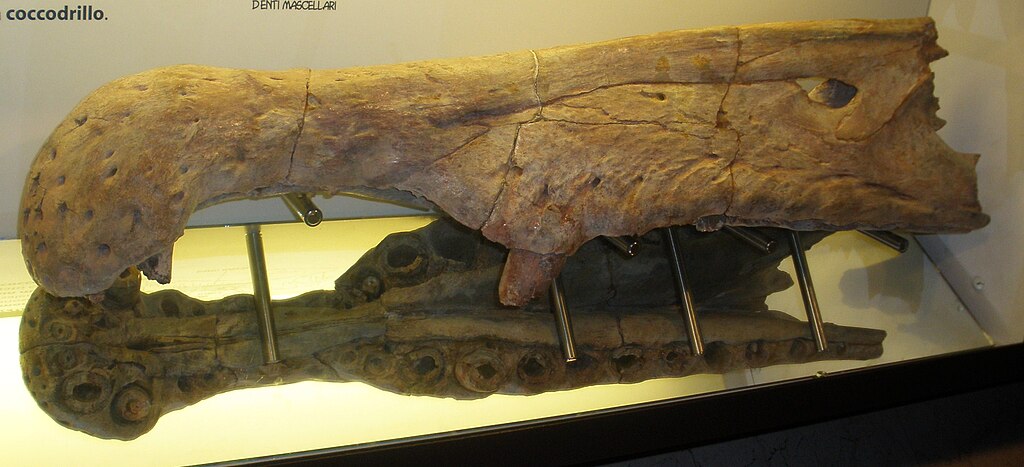
Dinosaur reconstructions represent scientific hypotheses that evolve as new evidence emerges, sometimes dramatically changing our understanding of familiar species. The history of Spinosaurus exemplifies this evolutionary process in reconstruction. Initially described in 1915 from specimens destroyed in World War II, Spinosaurus was long depicted as a typical large theropod with distinctive sail-backed vertebrae. The discovery of new specimens in 2014 radically transformed this view, revealing unusually dense bones and paddle-like limbs that suggested a semi-aquatic lifestyle – the first swimming dinosaur ever identified. Further discoveries in 2020 confirmed this interpretation with the finding of a paddle-like tail adapted for aquatic propulsion. Similar transformations have occurred with many dinosaur reconstructions, including the addition of feathers to Velociraptor and the reorientation of Diplodocus’s neck from a swan-like upward curve to a more horizontal position. These revisions demonstrate the self-correcting nature of paleontological science, where reconstructions continuously improve as new technologies and discoveries refine our understanding of these ancient creatures.
The Future of Dinosaur Reconstruction

The field of dinosaur reconstruction continues to advance through emerging technologies and interdisciplinary approaches that promise ever more accurate representations. Molecular paleontology, which analyzes preserved proteins and other biomolecules from fossils, may soon provide direct evidence of soft tissue structures and even genetic information. Advanced scanning techniques are revealing previously invisible details in fossils, including preserved soft tissues that were overlooked using traditional methods. Artificial intelligence is being developed to predict missing skeletal elements based on known patterns in dinosaur anatomy, potentially automating aspects of reconstruction. Virtual reality modeling allows scientists to test functional hypotheses in immersive environments, examining how reconstructed animals would have moved and interacted with their environments. As these techniques develop, our understanding of dinosaurs will continue to evolve, likely challenging current conceptions just as dramatically as recent discoveries have transformed past views. The coming decades promise increasingly refined reconstructions that will bring us closer than ever to understanding these remarkable animals that dominated Earth for over 160 million years.
Conclusion

The reconstruction of dinosaurs from fragmentary remains represents one of science’s most impressive achievements – a testament to human ingenuity and our drive to understand the past. Through rigorous methodology, comparative analysis, and technological innovation, paleontologists continue to refine our window into the Mesozoic world. What began as guesswork in the early days of paleontology has evolved into a sophisticated science that combines biology, geology, physics, and art. Each reconstructed dinosaur represents not just an ancient animal, but the culmination of generations of scientific advancement. As methods continue to improve, our visions of dinosaurs will undoubtedly change, but the fundamental process of transformation – from a few fossilized bones to a complete understanding of extinct life – remains one of science’s most captivating journeys.


